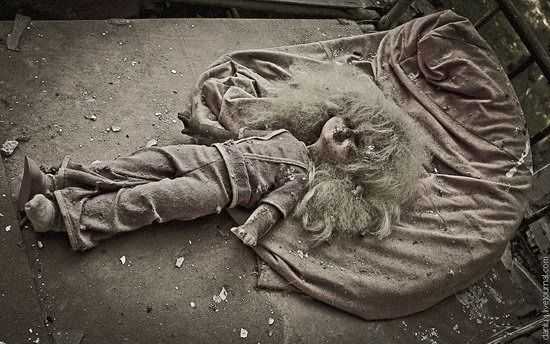

Chernobyl Sarcophagus 2020, Daily Mail.
Following the Chernobyl incident, people that were exposed to high levels of radiation became at risk for radiation sickness, aided by the effects of informational stress, the relation between stress and physical symptoms. These symptoms include exhaustion, nausea, infections, and hair loss. Latter effects include coughing/hacking, diarrhea, fevers, and intestinal bleeding. The lungs of the victim filled with fluid, and their skin became black, blistered, and ulcerated.
Some of the radioactive chemicals targets specific parts of the body. Cesium-137 targeted muscle tissue, iodine- 131 settled in the thyroids, and ruthenium-106 gathered in the bone marrow.
Not only were people affected, but animals as well. Farm animals developed anemia, hypertension, lung disorders, and hyperactive thyroids. Both animals and people suffered from a drop in fertility rate, and birth defects in their young. By 1988, a statistic released showing that of the 61,000 people with known exposure to radiation, only one third of adults and one fifth of children are classified as healthy.
Thyroid cancer rates tripled in the time between 1974 and 2013.
Thyroid Cancer Rates, 2013 Ministry of the Environment
Mutation Effect on a Cow , 1986, Thought Co. The Elephant's Foot, 1986, Rare Historical Photos